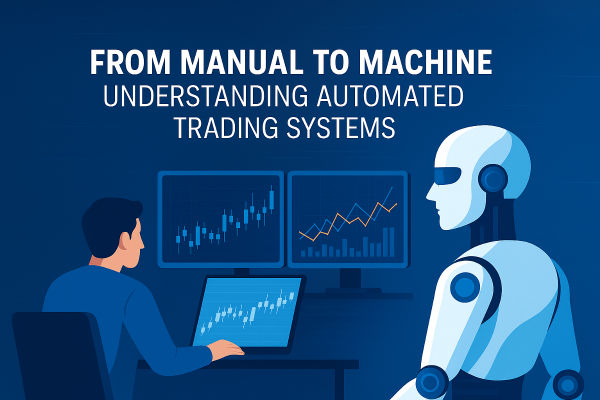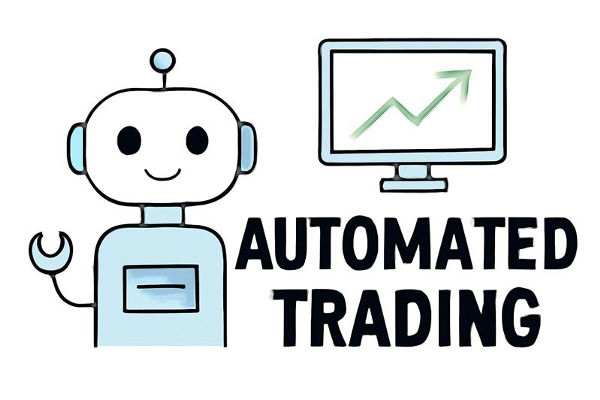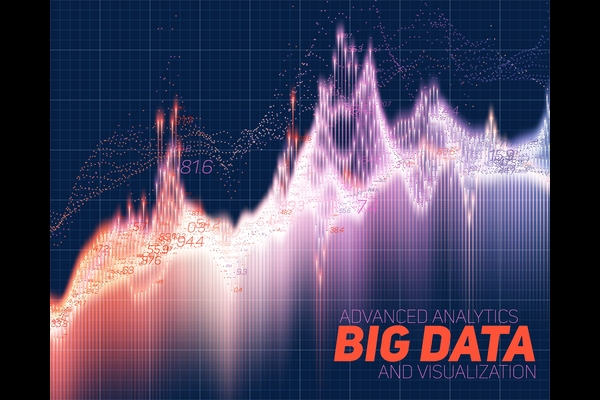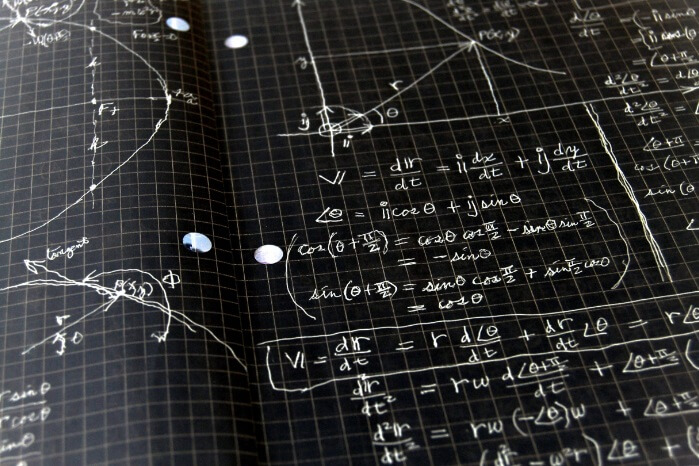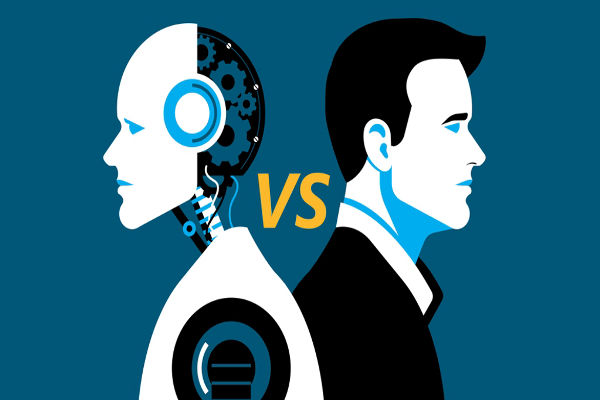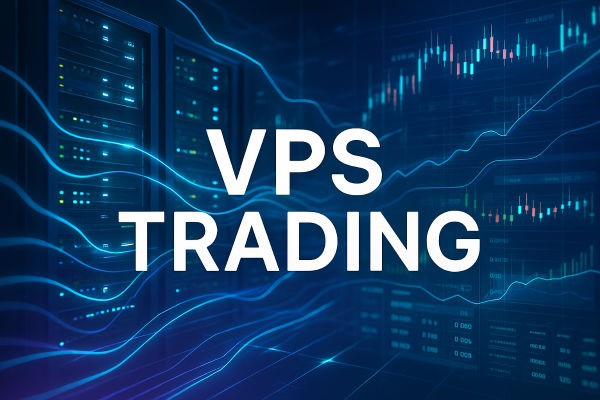In the early days of trading, brokers shouted orders across crowded exchange floors, waving slips of paper to secure the best deal. Today, those human impulses have been replaced by lines of code, operating in milliseconds. What once took a trader several minutes to execute can now happen thousands of times a second, entirely automatically.
This transformation from manual to machine marks one of the most profound shifts in financial history. Automated trading systems now dominate global markets, shaping price movements, liquidity, and volatility. Whether it’s a retail trader running an Expert Advisor on MetaTrader or a hedge fund deploying high-frequency algorithms, the principle is the same: trade faster, smarter, and with fewer human errors.
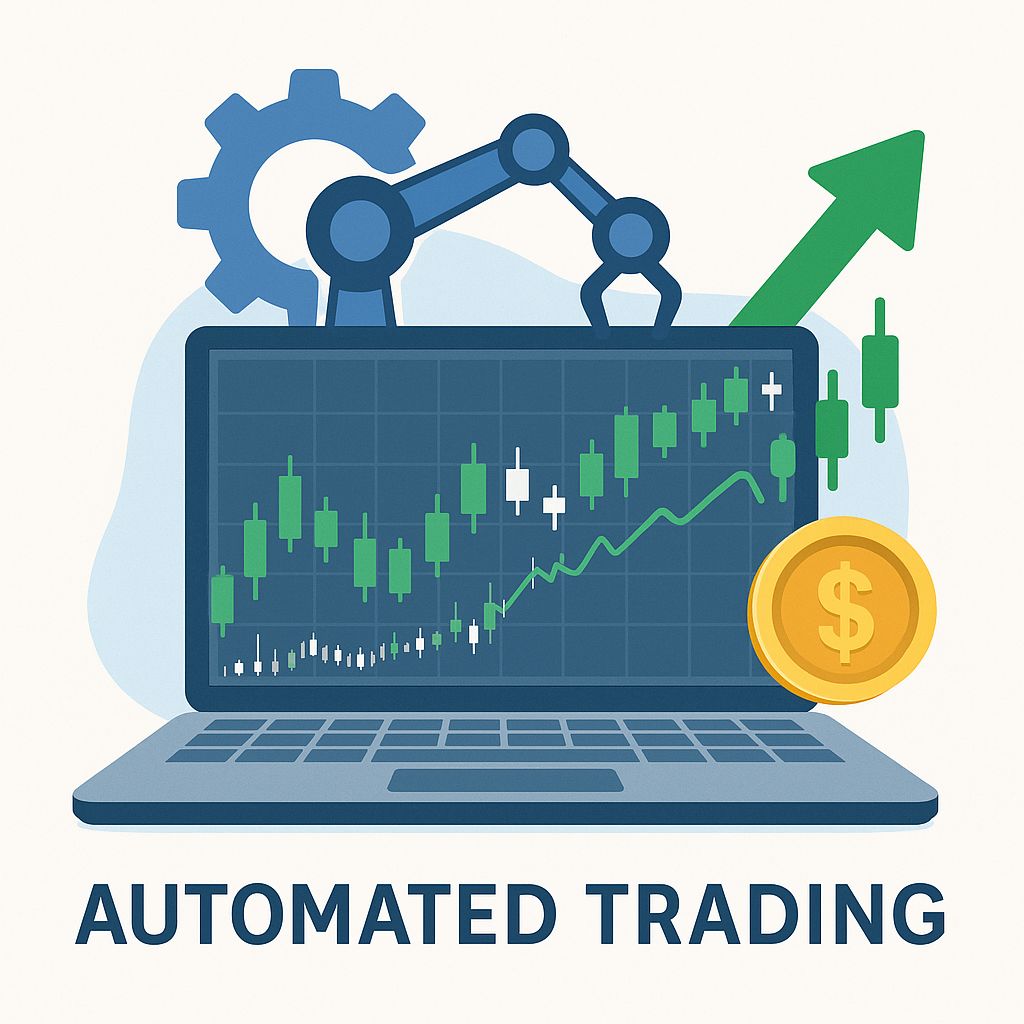
What Is Automated Trading?
Automated trading, also called algorithmic or algo trading, uses computer programs to execute buy and sell orders based on predefined rules. These rules can include indicators, technical patterns, price levels, or news triggers. Once set, the system monitors the market continuously and acts instantly when conditions are met.
Instead of reacting emotionally to price swings, automated trading follows logic. For example, a simple rule could be: Buy EUR/USD when the 50-day moving average crosses above the 200-day moving average and volume increases by 10 percent. Once coded, the system runs this instruction automatically, removing hesitation or bias.
How Automated Trading Systems Work
An automated trading system typically includes three main components:
1. Strategy Logic:
The heart of the system defines when to enter, exit, or modify trades. It can be based on technical indicators, trend following, or statistical models.
2. Execution Engine:
This component sends orders to the broker or exchange. It ensures trades are executed quickly and accurately, often within milliseconds.
3. Risk Management Module:
This sets parameters like maximum drawdown, stop-loss, position size, and leverage use, preventing catastrophic losses if the market moves sharply.
Modern automated systems often integrate machine learning or AI-driven models to adapt strategies dynamically. These systems can process vast datasets, identify hidden correlations, and refine decision-making over time.
The Rise of Automated Trading in Global Markets
According to BIS data, algorithmic and high-frequency trading now account for over 70 percent of total volume in major equity markets and nearly 50 percent in forex trading. The trend has accelerated since 2020 as retail platforms and cloud computing made automation more accessible.
In the forex space, platforms like MetaTrader 4 and MetaTrader 5 allow retail traders to deploy Expert Advisors (EAs). Meanwhile, institutional players use co-located servers and fibre-optic connections to achieve microsecond execution speeds.
The benefits of automation have made it indispensable: precision, speed, and consistency. Even in volatile conditions like the 2022 inflation cycle or 2023 banking turmoil, automated systems helped stabilise liquidity and improve price discovery.
Advantages of Automated Trading
1. Speed and Efficiency:
Algorithms execute orders instantly when signals appear, reducing slippage and missed opportunities.
2. Emotion-Free Decisions:
Unlike humans, machines don’t panic or overtrade. They stick to pre-set rules regardless of emotion or external noise.
3. Backtesting and Optimisation:
Traders can simulate strategies using historical data to refine performance before risking real capital.
4. 24/5 Market Monitoring:
Automated systems never sleep. They monitor global markets continuously, reacting to opportunities at any hour.
5. Scalability:
Multiple systems can run simultaneously across different instruments, increasing diversification.
Common Types of Automated Trading Strategies
Trend-Following Systems – Trade in the direction of momentum using moving averages or breakout signals.
Mean Reversion Systems – Assume prices revert to historical averages after extreme moves.
Arbitrage Strategies – Exploit price discrepancies between markets or instruments.
Scalping Bots – Aim to profit from small, rapid price changes, executing dozens or hundreds of trades daily.
News-Based Algorithms – Scan headlines or data feeds to trade instantly on market-moving information.
Real-Life Example: The 2010 “Flash Crash”
On 6 May 2010, US stock markets experienced one of the most dramatic short-term crashes in history. Within minutes, the Dow Jones plunged nearly 1,000 points before recovering. Investigations later revealed that automated trading algorithms had amplified selling pressure.
A single large sell algorithm triggered a cascade effect, overwhelming liquidity and causing panic across high-frequency systems. While safeguards like circuit breakers were later introduced, the incident demonstrated both the power and fragility of automated trading.
The Role of AI and Machine Learning in 2025
By 2025, artificial intelligence has moved beyond simple backtesting. Machine learning models now detect non-linear patterns, analyse sentiment data from social media, and even adjust their own parameters in real time.
For instance, hedge funds use reinforcement learning to optimise execution strategies dynamically, improving profitability under shifting market conditions. Retail platforms have also introduced AI-driven trade advisors that suggest parameter tweaks based on live performance.
However, increased sophistication introduces new risks, overfitting, system failure, and data bias. AI is only as reliable as its training data and logic.
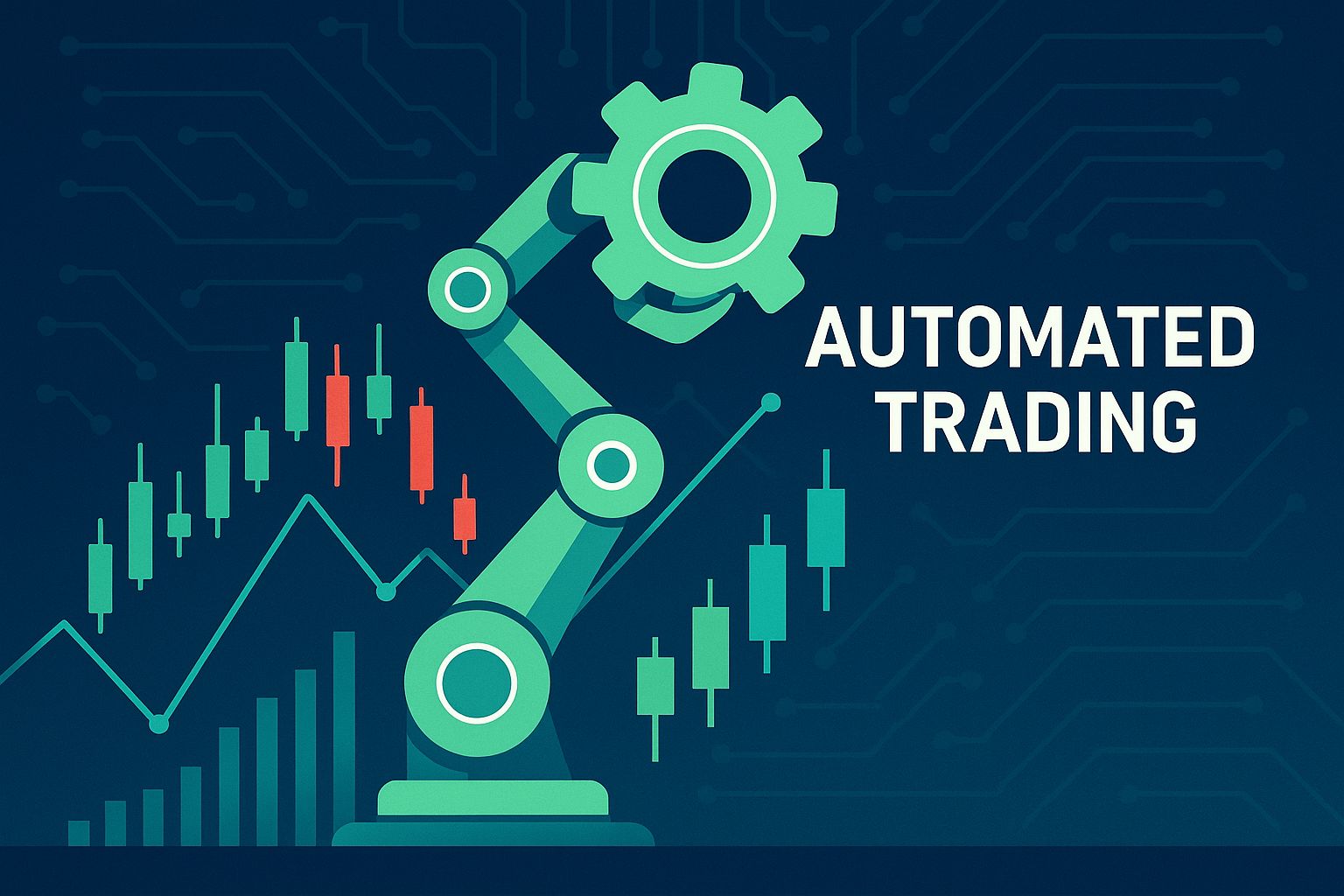
Risk and Limitations of Automated Trading
1. Technical Failures:
Software bugs, connectivity issues, or power outages can disrupt trading and cause losses.
2. Over-Optimisation:
A strategy that performs perfectly in backtests might fail in real conditions due to curve-fitting.
3. Market Volatility:
Sudden, unpredictable events like geopolitical conflicts can trigger false signals or rapid losses.
4. Dependence on Infrastructure:
Automated trading requires stable internet, fast servers, and reliable data feeds. Any delay can affect execution quality.
Case Study: Retail Trader vs Algorithmic System
A 2024 comparative study found that retail traders using automated systems outperformed manual traders by an average of 11 percent annually when strategies were properly risk-managed. The key difference was consistency, automated systems followed their plan without deviation, while manual traders often closed trades early or over-leveraged after losses.
Still, traders who lacked understanding of system logic or failed to update parameters under new conditions often saw underperformance. The best outcomes came from hybrid approaches combining human supervision with algorithmic discipline.
How to Build or Use an Automated Trading System
Choose a Platform: Popular options include MetaTrader, NinjaTrader, and cTrader for retail, or FIX API for institutional access.
Define Strategy Rules: Specify entry and exit signals clearly. Avoid ambiguous conditions that confuse the system.
Backtest Thoroughly: Use at least five years of historical data to verify performance across market conditions.
Run in Demo Mode: Always test live on a demo account before deploying with real funds.
Monitor Performance: Even automated systems need human oversight to handle unexpected situations.
FAQs About Automated Trading
Q1. Do automated systems guarantee profit?
No. They improve discipline and speed but cannot eliminate risk. Market conditions, coding quality, and risk management determine success.
Q2. Can beginners use automated trading?
Yes. Many brokers offer plug-and-play Expert Advisors or copy trading systems. Beginners should start small, learn the logic, and avoid over-reliance on pre-made bots.
Q3. Is algorithmic trading legal everywhere?
In most jurisdictions, yes. However, each regulator enforces transparency and auditability to prevent manipulation. Always check local compliance before running automated systems.
The Big Picture
Automated trading is not about replacing traders but enhancing their capability. It merges human strategy with machine precision. When used correctly, it can remove emotion, enforce discipline, and optimise execution. However, automation is not foolproof. It demands understanding, maintenance, and control.
The future of markets belongs to those who can combine data, discipline, and technology. In that balance lies the true power of automated trading systems.
Mini Glossary
Algorithmic Trading: Automated execution of orders based on coded rules.
Backtesting: Testing a strategy on historical data to assess performance.
Latency: The delay between signal generation and trade execution.
Expert Advisor (EA): A MetaTrader script that executes trades automatically.
High-Frequency Trading (HFT): Ultra-fast trading designed to profit from minute price movements.
Disclaimer: This material is for general information purposes only and is not intended as (and should not be considered to be) financial, investment or other advice on which reliance should be placed. No opinion given in the material constitutes a recommendation by EBC or the author that any particular investment, security, transaction or investment strategy is suitable for any specific person.
